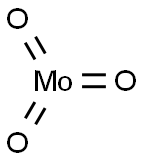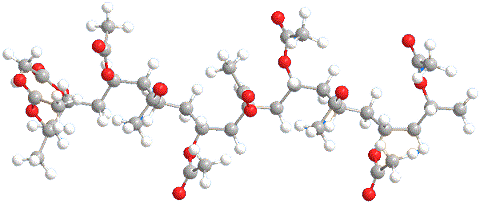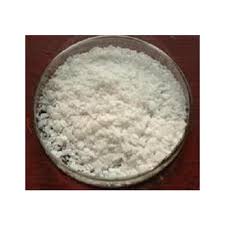Production process and Application of Molybdenum trioxide
Molybdenum trioxide is chemical compound with the formula MoO3. This compound is produced on the largest scale of any molybdenum compound. It is an intermediate in the production of molybdenum metal. It is also an important industrial catalyst. Molybdenum trioxide occurs as the rare mineral molybdite.
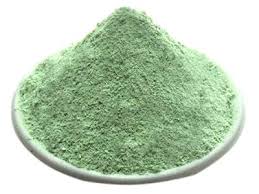
Production process
Molybdenum trioxide occurs naturally as the rare mineral molybdite, but is obtained commercially almost exclusively from molybdenite (molybdenum (IV) sulfide, MoS2) . Molybdenite ore is crushed, ground, and passed through flotation cells to obtain about 90% molybdenum (IV) sulfide.
The remainder is mainly silica, with small amounts of aluminium, copper, and iron. Impure molybdenum trioxide, also called technical-grade or roasted molybdenum sulfide (CAS No. 86089-09-0), is obtained by roasting the molybdenum (IV) sulfide concentrate in air in a multiple-hearth furnace at a temperature of 600–650 °C. Pure molybdenum trioxide is obtained by sublimation or by wet chemical methods. Other methods of molybdenum trioxide production exist. Hydrometallurgical routes, including solvent extraction, ion exchange, membrane-based separation, and precipitation, have the advantage of producing molybdenum trioxide without emission of sulfur dioxide.
Measurement and analysis
Molybdenum trioxide is measured by the analyte molybdenum in air, blood, tissue, urine, or water samples (Table 1.2). Air sampling to determine molybdenum can be performed using the National Institute for Occupational Safety and Health (NIOSH) Method 7300 or 7303 for elements by inductively coupled plasma.
Molybdenum can be determined in other matrices by inductively coupled plasma mass spectrometry.
Occurrence and exposure
Molybdenum trioxide occurs naturally as the rare mineral molybdite. However, environmental levels of molybdenum trioxide have not been reported in the literature; it is therefore total elemental molybdenum that is discussed here.
Application
Technical-grade molybdenum trioxide is primarily and directly used in steel production. The rest is used in the synthesis of various molybdate salts. The lead REACH (Registration, Evaluation, Authorisation and Restriction of Chemicals) registrant for molybdenum trioxide lists the current uses for this chemical as: catalyst manufacturing, an intermediate in the manufacture of molybdenum chemicals, surface treatment substances, molybdenum metal, frits and enamels (blue dye), liquid industrial paints, pigments, water treatment chemicals, lubricant additives, lubricants and greases, and an intermediate for reduction to molybdenum dioxide in steel and alloy production and in steel and alloy powder production.
Furthermore, recent research initiatives indicate that uses of molybdenum trioxide may increase in the future due to its interesting properties in new technologies, for example: solar energy harvesting and storing, and biocidal activity on material surfaces. Some applications (catalyst, coatings, and ceramics) are facilitated by the use of molybdenum trioxide in the form of nanoparticles or nanotubes in combination with other molybdenum compounds.
);You may like
Related articles And Qustion
See also
Lastest Price from Molybdenum trioxide manufacturers
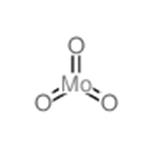
US $188.00-1.00/KG2024-03-25
- CAS:
- 1313-27-5
- Min. Order:
- 1KG
- Purity:
- 99%, 99.5% Sublimated
- Supply Ability:
- g-kg-tons, free sample is available

US $0.00-0.00/KG2024-02-01
- CAS:
- 1313-27-5
- Min. Order:
- 10mg
- Purity:
- 99%
- Supply Ability:
- 2000tons
